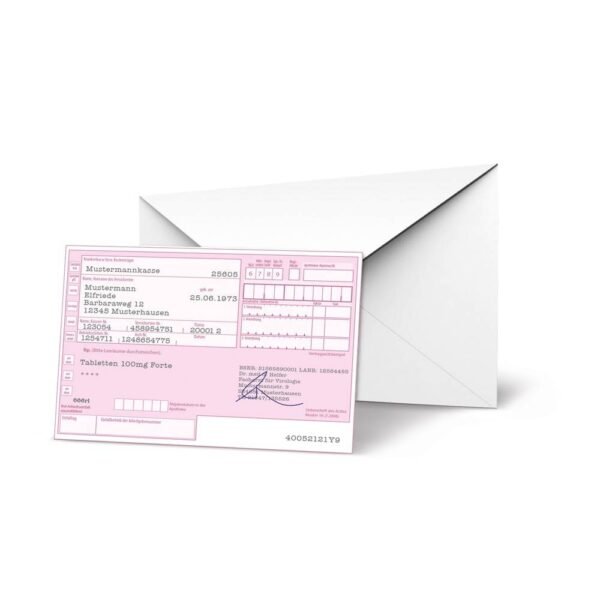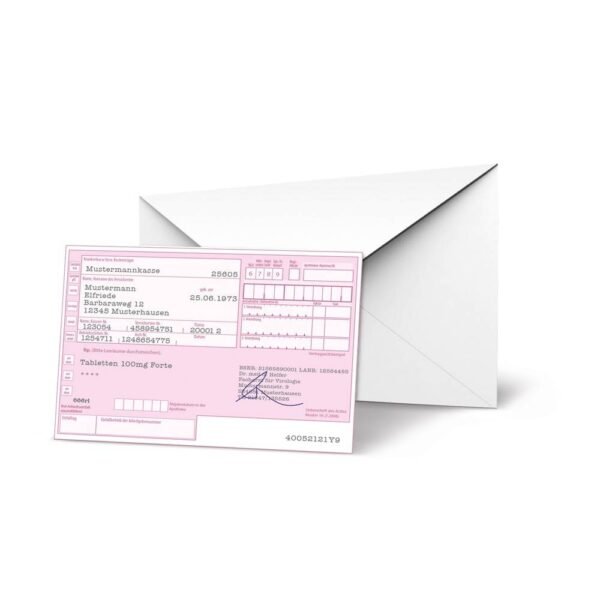Therapeutic indications
Hormone replacement therapy (HRT) for symptoms of estrogen deficiency in postmenopausal women who have been at least 6 months since their last menstrual period.
Experience in treating women over 65 years of age is limited.
Contraindications
-Known, past or suspected breast cancer
-Known, past or suspected oestrogen-dependent malignancies (e.g. endometrial cancer)
-Undiagnosed genital bleeding
-Untreated endometrial hyperplasia
-Previous or current venous thromboembolism (deep vein thrombosis, pulmonary embolism)
-Known thrombophilic disorders (e.g. protein C, protein S or antithrombin deficiency)
-Active or past thromboembolic arterial disease (e.g. angina, myocardial infarction)
-Acute liver disease or history of liver disease if liver function tests have not returned to normal
-Known hypersensitivity to the active substances or to any of the excipients
-Porphyria.
Special warnings and precautions for use
For the treatment of postmenopausal symptoms, HRT should be only be prescribed if symptoms are present that negatively affect quality of life. In all cases, a careful risk-benefit assessment should be made at least annually, and HRT should be continued only as long as the benefits outweigh the risks.
Therapy should be stopped if contraindications are identified and in the following situations:
– Jaundice or worsening liver function
– Significant increase in blood pressure
– New onset of migraine headache
– Pregnancy.
Warning: Always consult a doctor before using medications.












